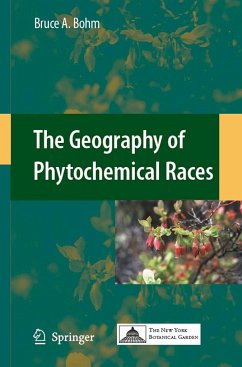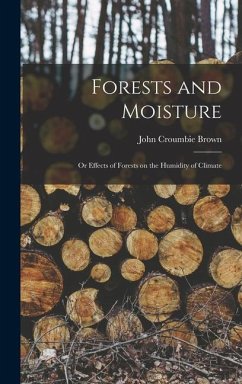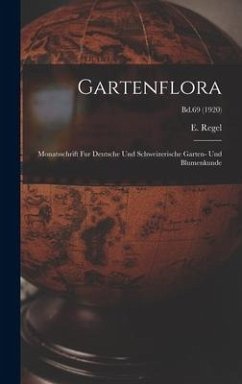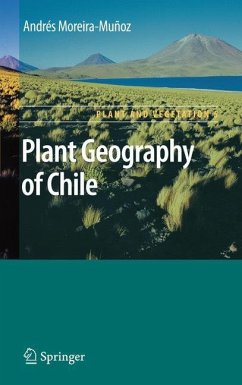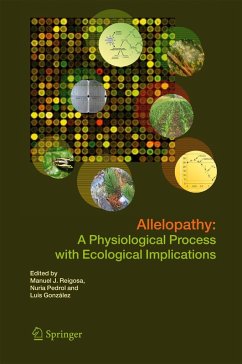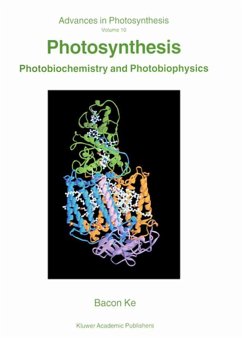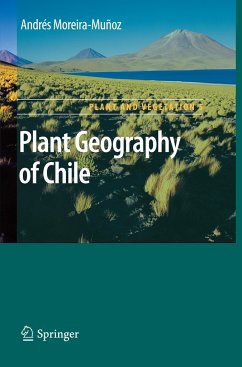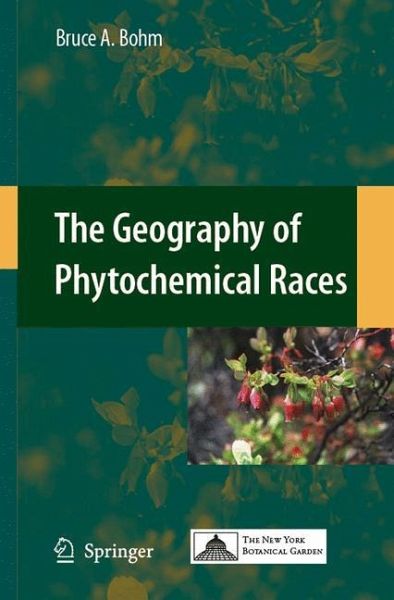
The Geography of Phytochemical Races
Versandkostenfrei!
Versandfertig in 6-10 Tagen
113,99 €
inkl. MwSt.
Weitere Ausgaben:

PAYBACK Punkte
57 °P sammeln!
This book provides an overview of geographic patterns in the distribution of plant secondary metabolites in natural populations. Examples include most common natural product classes: acetylenic derivatives; alkaloids; carotenoids; cyanogenic glycosides; flavonoids; terpenes of various sizes; as well as other structural types less easily categorized. By comparison, earlier reports in the literature on "chemical races" focused either on individual classes of compounds, on specific taxa, or on a particular geographic region.Following an introduction that includes definitions of phytochemical and ...
This book provides an overview of geographic patterns in the distribution of plant secondary metabolites in natural populations. Examples include most common natural product classes: acetylenic derivatives; alkaloids; carotenoids; cyanogenic glycosides; flavonoids; terpenes of various sizes; as well as other structural types less easily categorized. By comparison, earlier reports in the literature on "chemical races" focused either on individual classes of compounds, on specific taxa, or on a particular geographic region.
Following an introduction that includes definitions of phytochemical and biogeographic ideas, information is presented in five loosely defined geographic trans-oceanic categories: examples within continents; after the ice; intercontinental disjunctions; oceanic islands; and polar disjunctions.
It has often been said that natural variation is the essence of evolution. It seems reasonable to suggest that this is as true with plant secondary metabolites as with any other feature that confers an advantage to one set of individuals over antiherbivore or antifungal activity of plants as they colonize new habitats, and thus meet new challenges; or subtle changes in floral pigmentation and patterning that would affect behavior of pollinators.
Following an introduction that includes definitions of phytochemical and biogeographic ideas, information is presented in five loosely defined geographic trans-oceanic categories: examples within continents; after the ice; intercontinental disjunctions; oceanic islands; and polar disjunctions.
It has often been said that natural variation is the essence of evolution. It seems reasonable to suggest that this is as true with plant secondary metabolites as with any other feature that confers an advantage to one set of individuals over antiherbivore or antifungal activity of plants as they colonize new habitats, and thus meet new challenges; or subtle changes in floral pigmentation and patterning that would affect behavior of pollinators.





